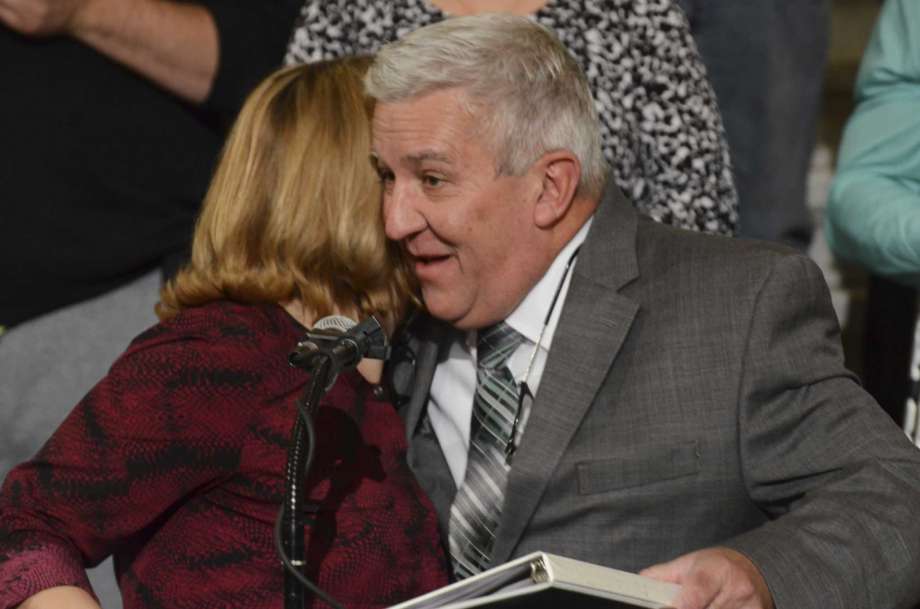New Mexico’s medical marijuana program ballooned over a year’s time and now has more than 40,000 registered patients.
New Mexico’s medical marijuana program has exploded by 84 percent since March 2016 and now has 40,432 registered patients enrolled, according to the Albuquerque Journal. Approximately 8,000 New Mexicans have obtained a state-issued medical marijuana license since January 1 alone.
Additionally, the number of medical cannabis dispensaries throughout the state has increased to 56, up from 36 in January 2016. New dispensaries opened in smaller New Mexico cities, including Hobbs, Clovis, Roswell, Artesia, Carlsbad, and Taos.
“We are probably the single fastest growing industry in New Mexico,” said Duke Rodriguez, president and CEO of New Mexico’s largest cannabis dispensary distributor, told the Albuquerque Journal. “This is the one industry that has been a juggernaut of growth.”
Medical marijuana has been legal in New Mexico since voters approved the Lynn and Erin Compassionate Use Act in 2007. It’s only been over the past two years, however, that the state-regulated program has taken off.
Sales of medicinal cannabis products have also grown accordingly. According to data from New Mexico Department of Health, first quarter sales this year reached over $19 million, a 91 percent jump over the same period last year. A recent report from New Frontier Data estimates that the state will take in $54 million in sales in 2017 before growing to a projected $108 million by 2025.
Rodriguez believes that the industry’s rapid growth is directly related to an overall greater social acceptance of cannabis, both in New Mexico and nationally. This shift in acceptance has influenced both the general public and physicians who are more open to certifying patients.
“Cannabis is being mainstreamed,” Rodriguez said. “Patients are coming out into the bright daylight and saying they advocate and support cannabis. No longer is it a hush-hush topic.”
 That shifting in public opinion about marijuana has also influenced support for legalizing recreational marijuana. A 2016 survey conducted by the Albuquerque Journal found that 61 percent of the New Mexico voting public support a measure that would tax and regulate cannabis for adults., while support for legalization was only 44 percent in 2014. The New Mexico Legislature is currently considering a measure that would legalize recreational marijuana and tax its sales.
That shifting in public opinion about marijuana has also influenced support for legalizing recreational marijuana. A 2016 survey conducted by the Albuquerque Journal found that 61 percent of the New Mexico voting public support a measure that would tax and regulate cannabis for adults., while support for legalization was only 44 percent in 2014. The New Mexico Legislature is currently considering a measure that would legalize recreational marijuana and tax its sales.Republican State Rep. Bill Behm, an opponent of the effort to legalize recreational marijuana, believes that the state’s medical marijuana boom is partially related to adults without a true medical reason seeking a legal method for consuming cannabis recreationally. The program is expected to grow to nearly 50,000 registered patients by the end of the year.
“I think there are a bunch of people who are obtaining marijuana cards, not for a true medical reason, but for justification for them to smoke marijuana legally,” said Rehm.
Willie Ford, managing director of R. Greenleaf & Associates, a management company that oversees four of the state’s marijuana producers, acknowledged that some adults may be working the system, but believes that most are using cannabis for legitimate medical purposes.
“I have put my full faith in the Department of Health,” Ford said. “They have a good system for determining and confirming a person’s eligibility.”
Qualified medical marijuana patients must first obtain documentation from a physician that supports a medical diagnosis for one of the state’s 21 approved conditions, including amyotrophic lateral sclerosis (ALS), severe anorexia, cachexia, cancer, cervical dystonia, severe chronic pain, Crohn’s disease, epilepsy, glaucoma, hepatitis C, HIV/AIDS, hospice care, Huntington’s disease, inclusion body myositis, inflammatory autoimmune-mediated arthritis, intractable nausea, multiple sclerosis, spinal cord damage, peripheral neuropathy, Parkinson’s disease, post-traumatic stress disorder (PTSD), and ulcerative colitis.
New Mexico is one of 29 U.S. states that have legalized medical marijuana. You can learn more about the medical marijuana laws in New Mexico and elsewhere in the U.S. by visiting our education page.
credit:medicalmarijuanainc.com













